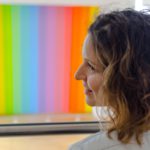As a Lighting Director I was in the set of Ilja Sircenko’s interview with Maria Alkova from St.Petersbourg. Briefly, for Maria poetry is a passion. She wanted to share her love with us through her own written poem.
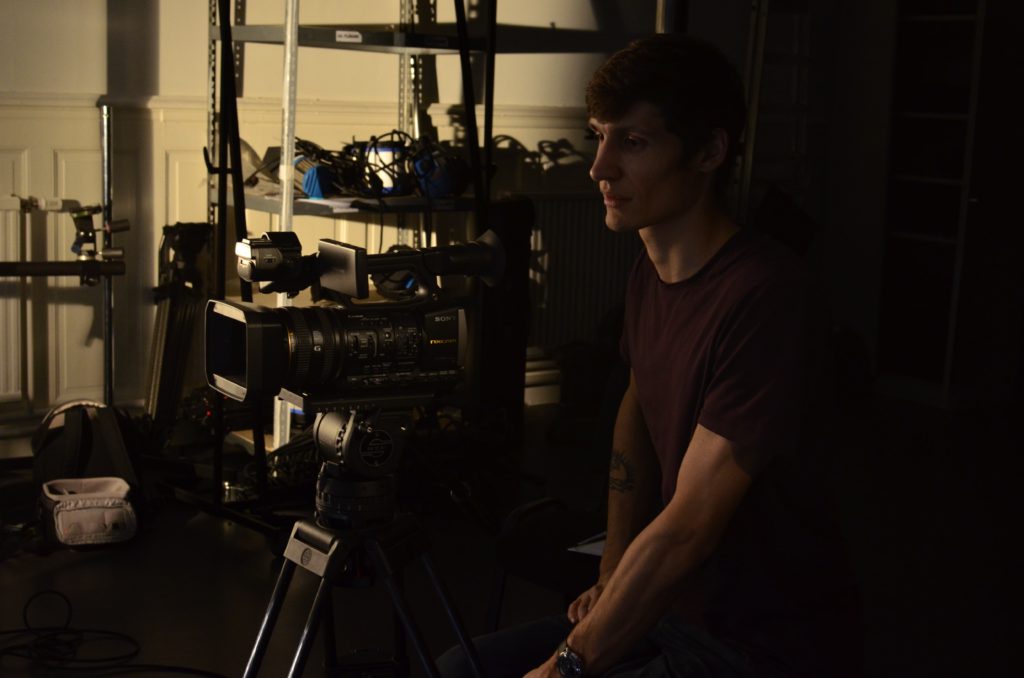
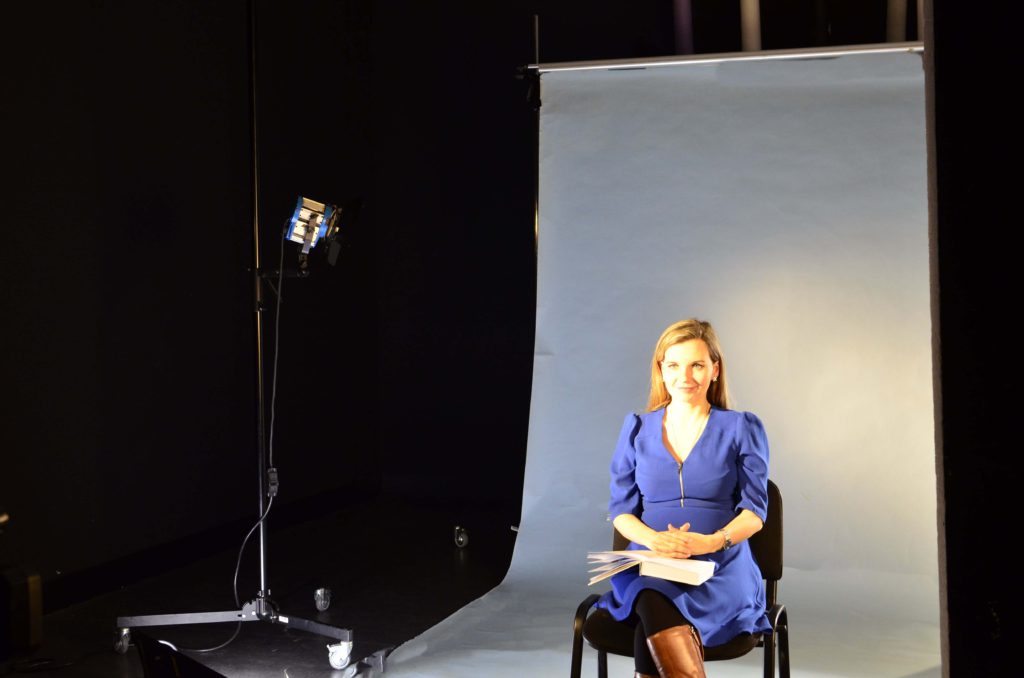
The light preference of Ilja was dominantly on blue color in order to give the reflect on snow and cold weather of Russia. The background lighting is also selected based on that personal choice.
In the ‘Poetry’ interview we worked as a team of five.
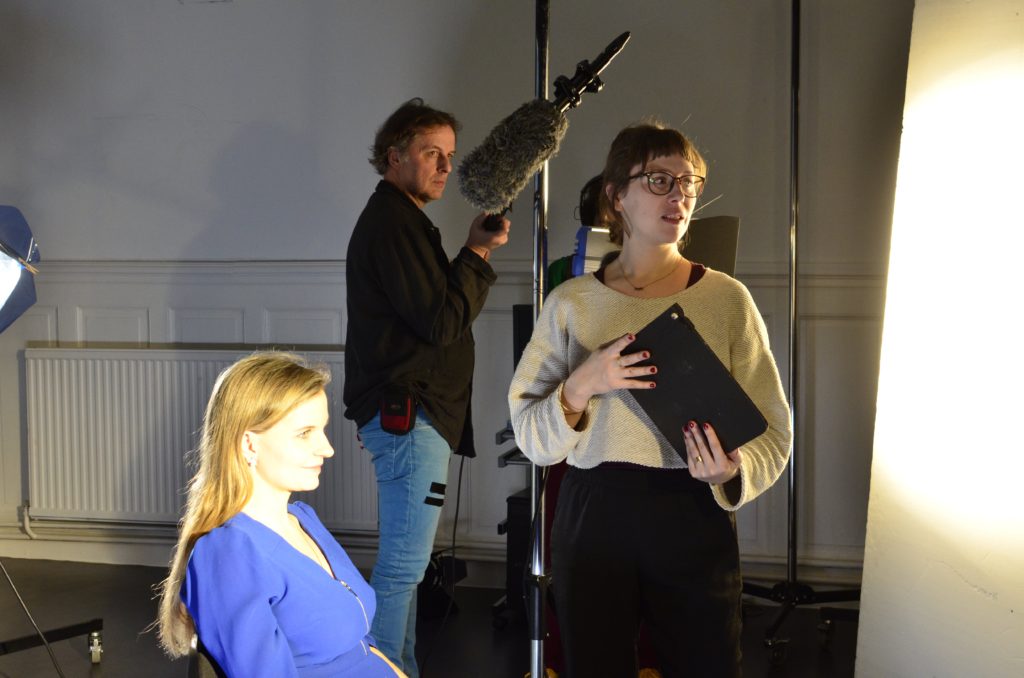
Daniel Colin (Director of Photography), Pascaline Crevecoeur (Scripte)
What are the responsibilities of Lighting Director in the cinema?
In cinema, Lighting Director is responsible for setting up and operating equipment. This profession is also known as ‘gaffer’. This time, I oversaw rigging up lighting equipment, carrying out filter tests and positioning lights during the shoots of ‘Poetry’.
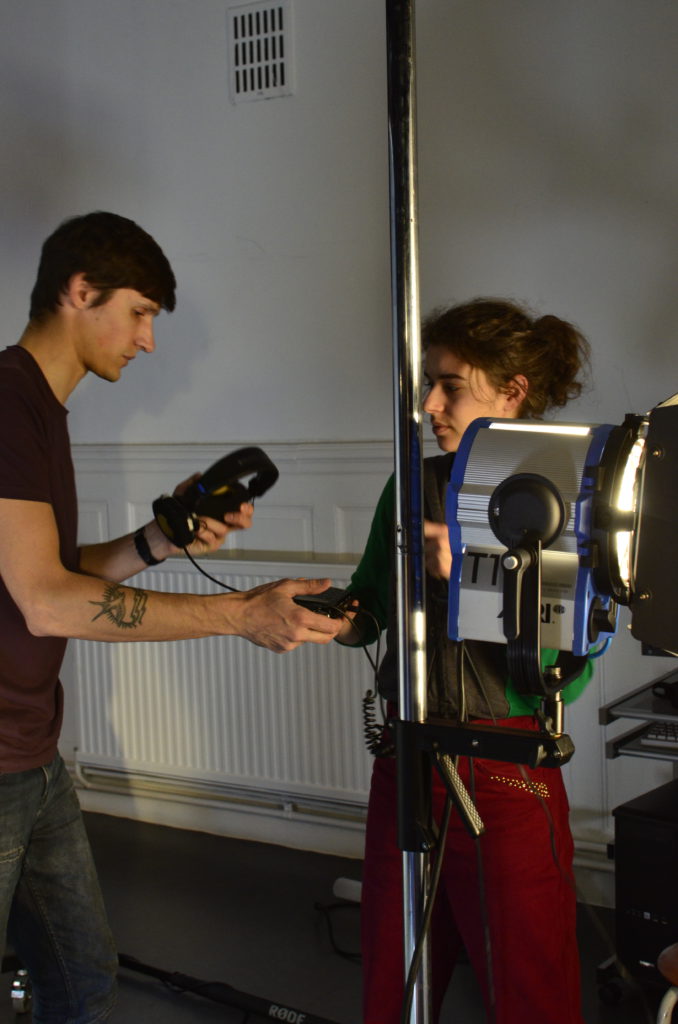
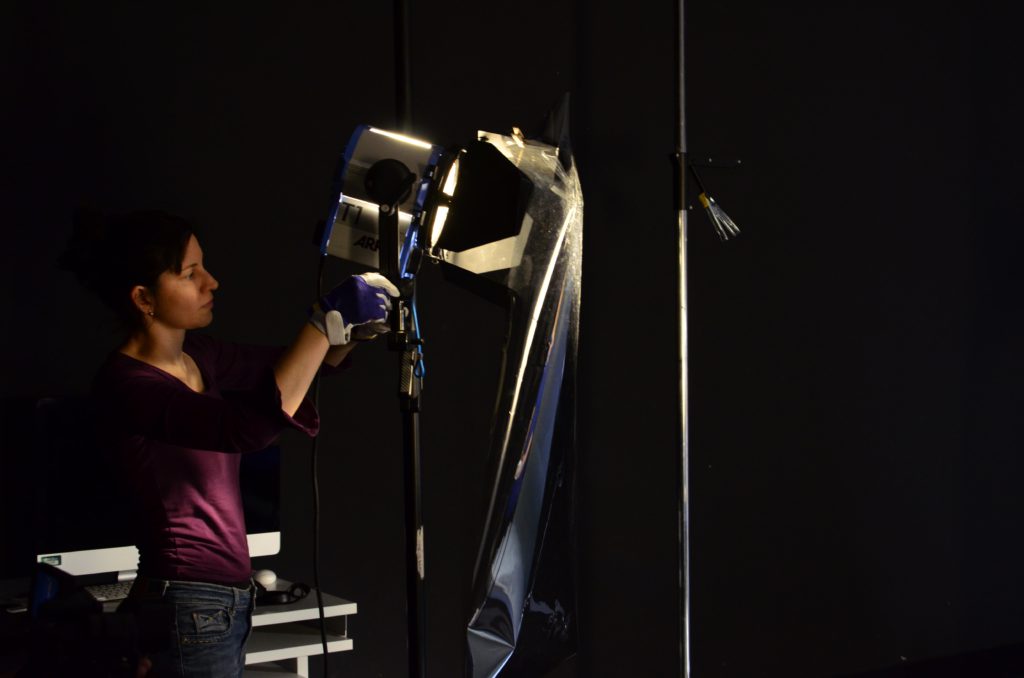
As we know studio lighting is all about creating an environment of control that you place your subject in. Isolating your subject from the fluctuating of light that creates shadows sometimes takes hours to fix. We preferred using three-point lighting for this interview.
What is a 3-point lighting ?
Three point lighting is a basic lighting strategy. It was a classical of Hollywood. The first light calls: The key light (attaque or la lumière clé in French). It is the direct light shines upon the subject. It serves as a principal lighting source. The key light is placed at a 30–60° angle.
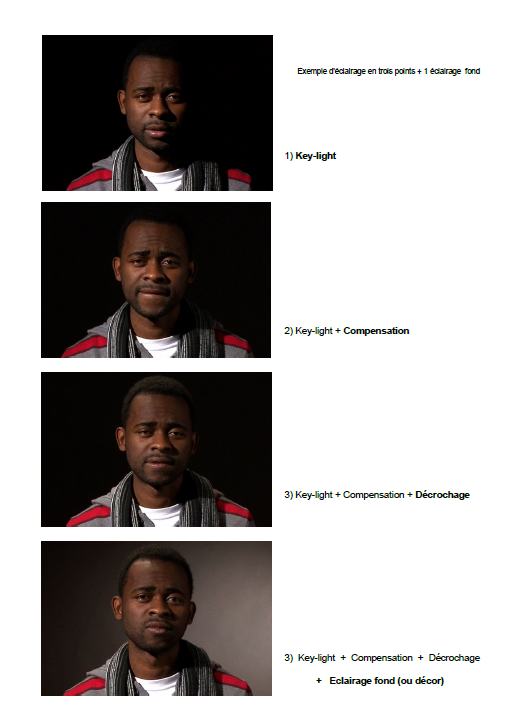
In outdoor daytime shots, the Sun often serves as the key light. But in our case the filming was inside. Therefore we needed to set the light in the exact position to shot the best capture the subject took a little bit of time.
The fill light (compensation in French) We compensate the shadows on the subject’s face by creating a second light. Fill light also shines on the subject, but from a side angle relative to the key light. It is often placed at a lower position than the key.
The back light (the rim, hair, or shoulder light) is also another way to compensate light. In French it is called dechrochage or contre. Generally, this light comes on the subject from behind. It gives the subject a rim of light, serving to separate the subject from the background. Depending on the level this source can highlight the contours of the shoulders.
What is chiaroscuro effect?
Takes its name from high contrast-dark style light used in Renaissance painting. Sometimes without fill light chiaroscuro effect appears by a person’s nose upon the rest of the face.
The preferred way to use it is just the level of the subject’s face. It helps to balance the key by illuminating shaded surfaces.
Colour Filters
To conclude, there are three basic types of gels when it comes to photo and video. Diffusion gels are used to diffuse light. If you want a soft light you can use those ones. Second group is corrector gels (CTB,CTO, +Green,-Green)
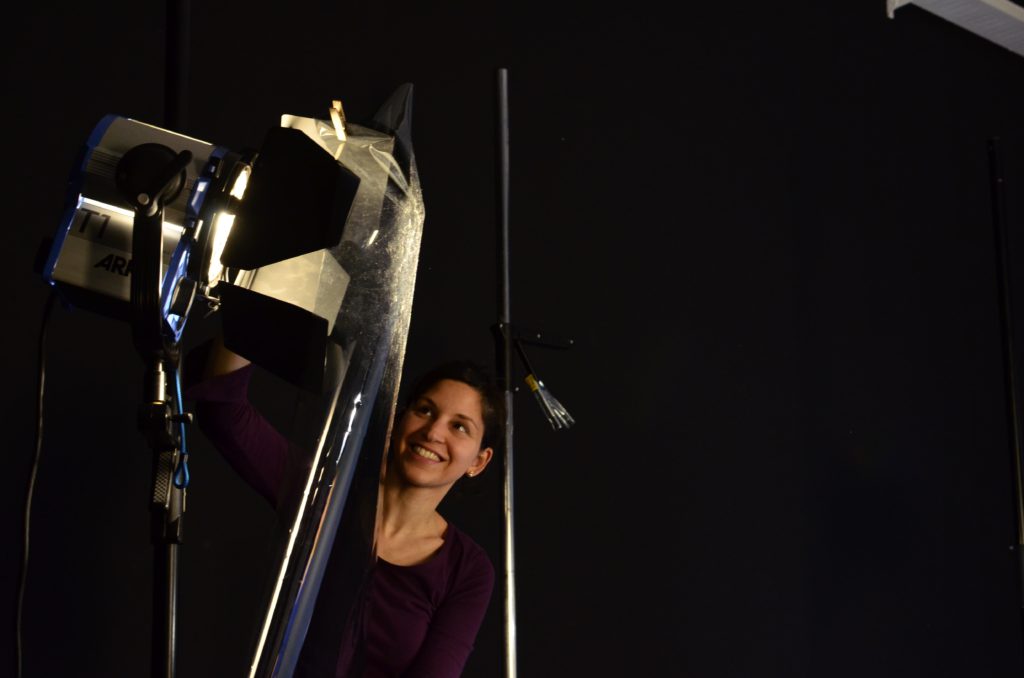
In this particular shooting, we preferred both diffusion and corrector gels. This type of filters softens subjects’ image and generates a less dramatic vision of the person.

